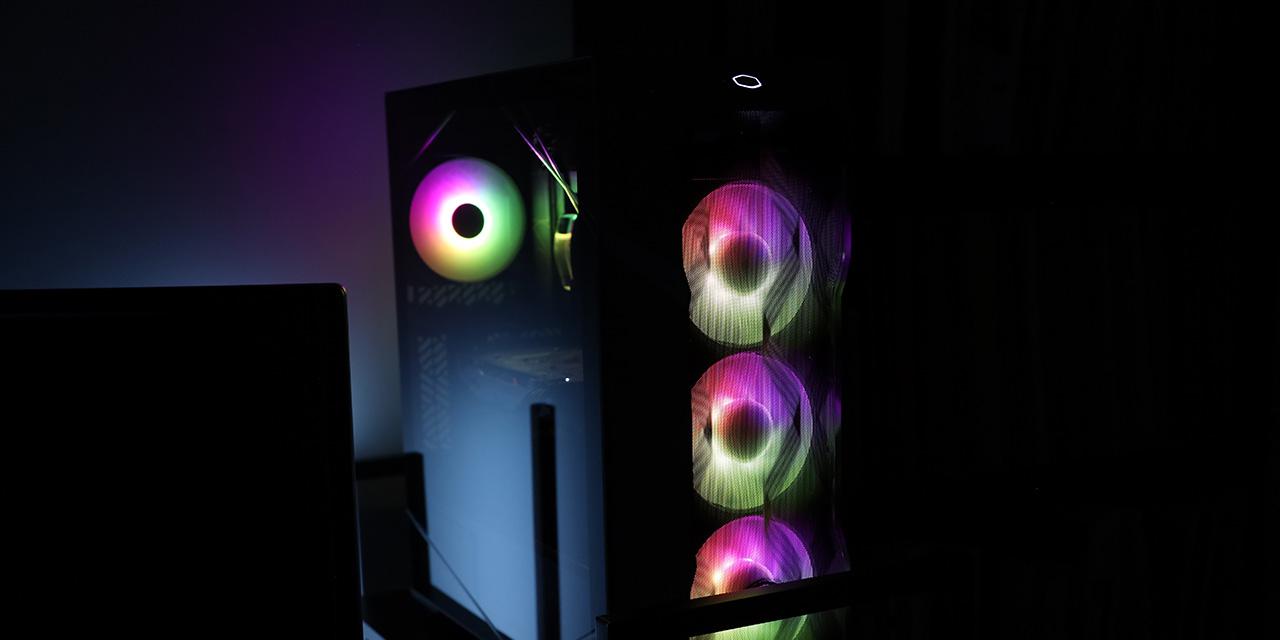|
From X-bit Labs: Western Digital Corp. on Monday introduced the world's first 2.5" hybrid hard disk drive that is only 5mm thick. The new hard drive is primarily aimed at ultrabooks and ultr-thin notebooks and promises to offer performance higher than traditional hard drives thanks to NAND flash cache integrated into the drive. “Mobile devices are becoming smaller, thinner, lighter and more responsive. Working with our technology partners, WD has developed new 5 mm hard drives that enable high capacity storage along with excellent performance and superior economics to allow our customers to expand their thin offerings,” said Matt Rutledge, vice president of client storage solutions at WD. With device volumetric efficiency a key concern for system makers, WD began shipping 7mm height hard drives for thin-profile notebooks earlier this year (historically, standard notebook hard drives have been 9.5 mm). WD 5mm hybrid hard drives will enable the market’s thinnest computers to offer 500GB of capacity, utilizing almost 50% less volume compared to current 9.5mm hard drives and at one tenth the cost of similar capacity SSDs. Unlike hybrid hard disk drives that are available today from Seagate Technology, WD's HHD utilizes multi-level cell NAND flash memory. Similar to the practice of enterprise systems, WD’s hybrid technology utilizes the concept of tiered storage. Data accessed most frequently (often referred to as ‘hot’ data) is managed using speedy NAND flash to ensure fast response times, while data accessed less often (‘cold’ data) resides on the magnetic disks. The magnetic disk backs up all files residing in the NAND, protecting the user from inevitable NAND wear and preserving it for the more hot data handling. WD’s hybrid technology works in conjunction with the PC operating system to deliver higher performance than current hybrid offerings while minimizing NAND wear to allow the use of less expensive MLC NAND. Acer Group and Asustek Computer has announced plans to use the new drives inside their forthcoming notebooks. View: Article @ Source Site |
 |
Western Digital Unveils Industry's Thinnest Hybrid Hard Disk Drive
© Since 2005 APH Networks Inc. All trademarks mentioned are the property of their respective owners.





